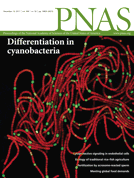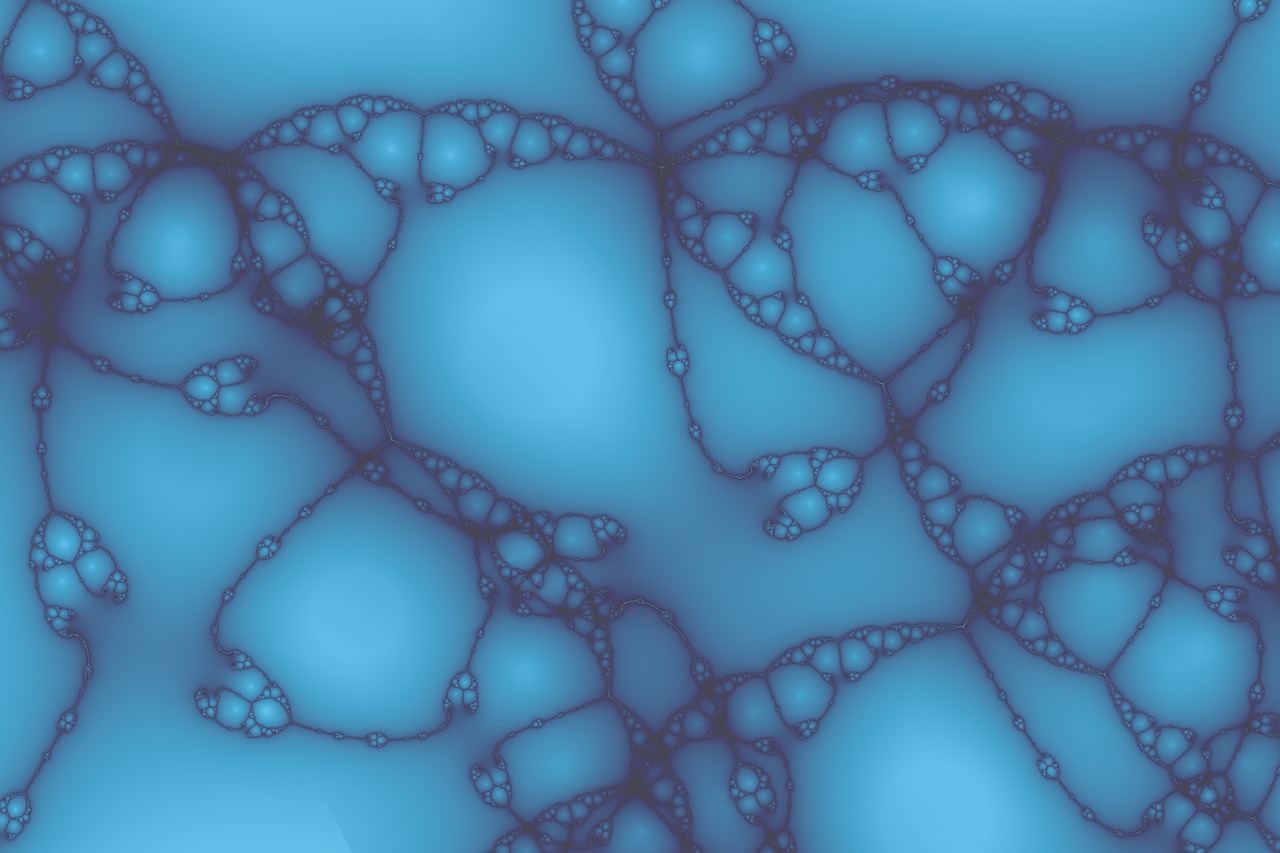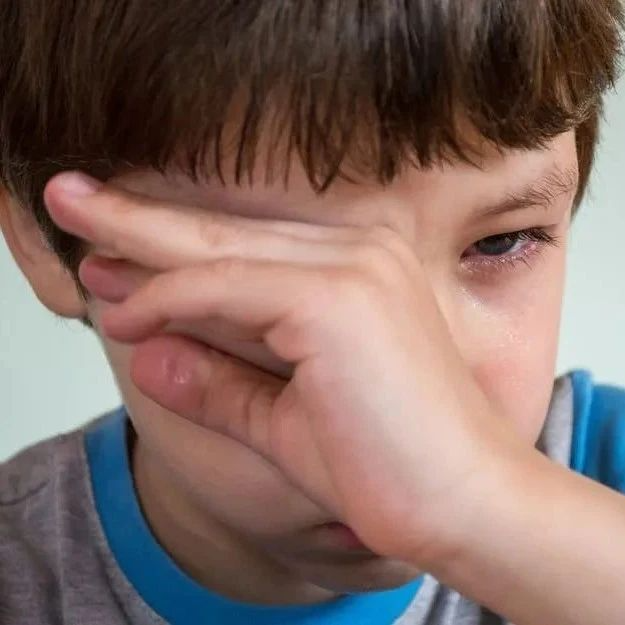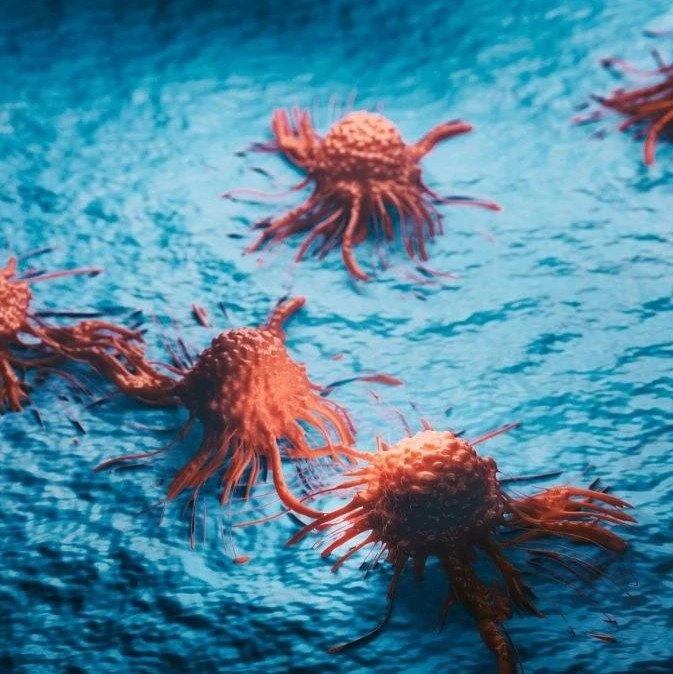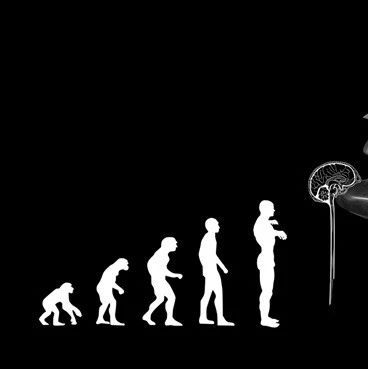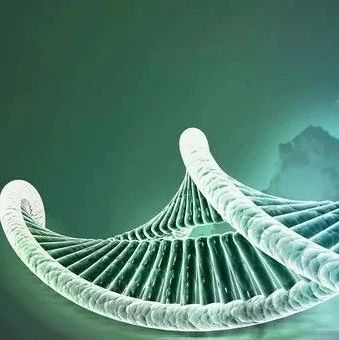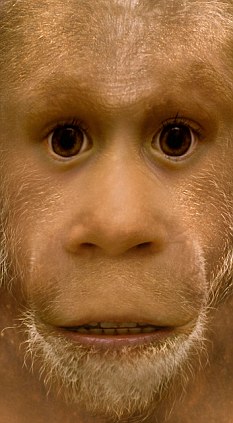
人们对于早期人类的认识一直存在两个疑团:一个是为什么他们的体毛会逐渐脱落,另一个则是为什么他们开始用双腿直立行走。
现在,这两个中至少有一个好像被解决了。
之前有科学家猜测,人类第一次“站起来”是为了降低体温。
但是一个最新计算机模型显示,得到的结果与之前的猜测截然相反——站起来会让我们觉得更热。
早期人类应该先是站起来,然后当他们意识到用双腿东奔西跑有多热的时候,他们的体毛才开始逐渐脱落。
之前的研究并没有考虑到一个多毛的两足动物在奔跑时到底会有多热,而是把早期人类假想成是站着不动。
通过模拟类人猿处于“活跃状态”的温度,由来自格拉斯哥大学的Graeme Ruxton领导的科研小组发现,早期人类最初只能在早晨和傍晚奔跑。
否则,我们厚重的“外套”会让我们热得受不了。
只要我们能够脱掉这件“外套”,我们就能够在白天变得更加活跃。
所以,后来我们的体毛逐渐脱落就显得顺理成章了。这样我们就可以在白天储存更多的食物。
“我们的研究显示,只有当体毛开始脱落、排汗能力逐渐接近于现代人类水平时,早期人类才开始在白天炎热的户外活跃起来。”研究者们说。
在这项发表在《the journal Proceedings of the National Academy of Sciences》上的研究中提到,以前人们分析为何早期人类的毛发会变得越来越少时,都忽略了由奔跑所带来的热量。
我们仍然不清楚当初人类为什么会选择“站起来”,可能是想要看到远方正在靠近的威胁或者仅仅是为了够到挂在树上的水果。
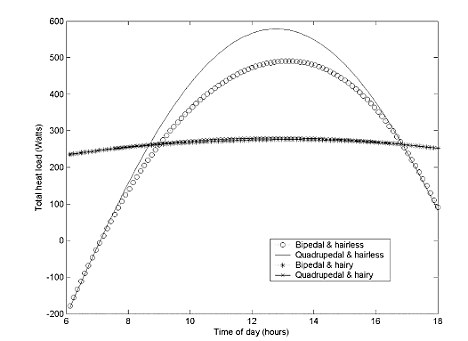
研究者的计算机模型
但是可以肯定的是,科学家们之前认为的我们站起来是为了保持凉爽一说绝对是错误的。
“之前的模型都是建立在静止地站在阳光下的,而我们的方案则考虑到了行走的原始人类。” 研究者们说。
行走更容易让我们觉得热——也就是说,我们更有可能是在站起来之后才失去我们的体毛的。
研究者们指出,要使早期人类白天一直躲在阴凉处根本不可能,一旦人类开始自己觅食,必然要到处行走奔跑才行。
“我们的模型预测法显示,人类最初会站起来绝对不是为了调整体温,而是有其它的一些原因。更重要的是,我们认为,体毛的逐渐脱落可以让我们的祖先在白天行走更加方便,而不是像刚开始那样只能在早晨和傍晚行动。”

Avoidance of overheating and selection for both hair loss and bipedality in hominins
Graeme D. Ruxtona, David M. Wilkinsonb
Two frequently debated aspects of hominin evolution are the development of upright bipedal stance and reduction in body hair. It has long been argued, on the basis of heat-balance models, that thermoregulation might have been important in the evolution of both of these traits. Previous models were based on a stationary individual standing in direct sunlight; here we extend this approach to consider a walking hominin, having argued that walking is more thermally challenging than remaining still. Further, stationary activities may be more compatible with shade seeking than activities (such as foraging) involving travel across the landscape. Our model predictions suggest that upright stance probably evolved for nonthermoregulatory reasons. However, the thermoregulatory explanation for hair loss was supported. Specifically, we postulate progressive hair loss being selected and this allowing individuals to be active in hot, open environments initially around dusk and dawn without overheating. Then, as our ancestors’ hair loss increased and sweating ability improved over evolutionary time, the fraction of the day when they could remain active in such environments extended. Our model suggests that only when hair loss and sweating ability reach near-modern human levels could hominins have been active in the heat of the day in hot, open environments.
文献链接:

